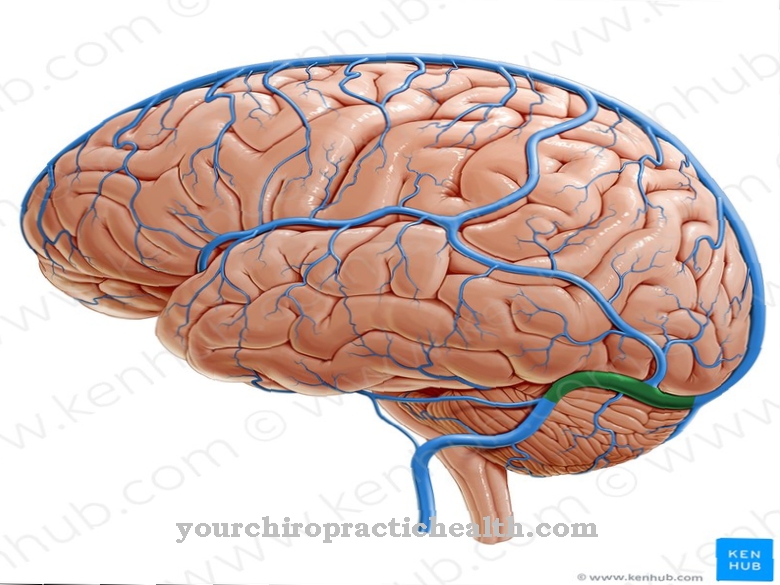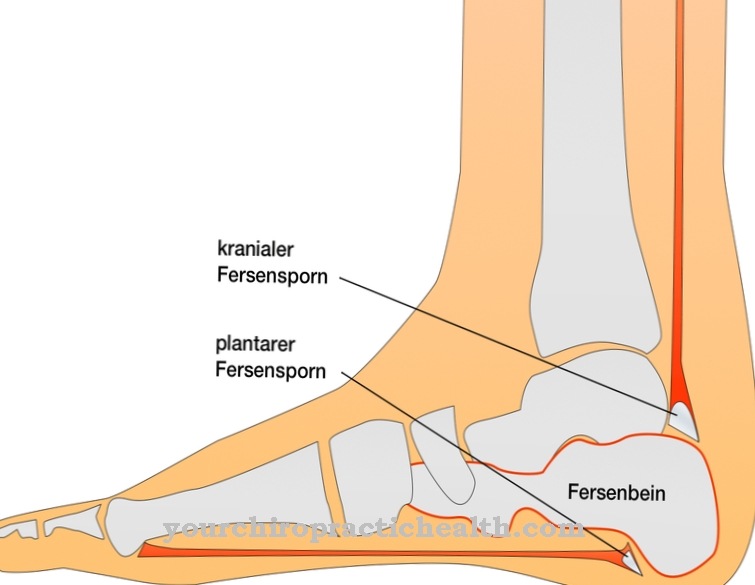The Molars form an important part of the human dentition. They are divided into anterior and posterior molars.
What are molars?
In addition to incisors and canines, the molars are also part of the dentition. They are also called posterior teeth and are divided into two groups.
These are the premolars or anterior molars (dentes premolares) and the molars or posterior molars (dentes molares). Their structure and functions differ from the other teeth. For example, they are usually equipped with several roots, while canines and incisors only have a single root. The molar already occurs in the child's deciduous dentition. However, the milk teeth have fewer molars than the teeth of an adult. In terms of structure and function, however, there are no differences between the deciduous molar and permanent molar.
In contrast to the rear molars, the front molars are already contained in the deciduous dentition. There they can be used to grind food.
Anatomy & structure
Nowadays humans are only equipped with two front molars on each side of the jaw. They have the dental designations 14, 15, 24, 25, 34, 35 as well as 44 and 45. In the dentition of the human ancestors, the number of premolars was twice as high, so that there were four anterior molars in each half of the jaw.
The characteristics of the human premolars include two to three crown cusps. They enable the molar to grind food. The lower premolars have a pronounced crown alignment. Each anterior molar has a different number of roots and root canals. Specimens 14 and 24 are normally equipped with two tooth roots, two tooth canals and two tooth cusps on the top. In contrast, the front molars 15 and 25 have only one tooth root and one or two tooth canals. They also have two cusps on the tooth surface. Teeth 34 and 44 have a root and a root canal.
Sometimes they can have two channels. Teeth 35 and 45 also have only one root and one root canal, but have two to three tooth cusps. The posterior molars are also called incremental teeth because they do not appear in the deciduous teeth. The molars are characterized by their size and strength. Its features include dimples and bumps. In human teeth there are three molars on each side of the jaw, so that there are a total of twelve molars.
The last molar, which only breaks through between the ages of 18 and 25, has a special position. That is why it is called wisdom tooth. As with the front molars, the number of roots, cusps and canals of the rear molars varies. For example, there are three tooth roots, four tooth cusps and four tooth canals on teeth 16 and 26, while teeth 17 and 27 each have three roots and root canals and five tooth cusps.
Teeth 37 and 47 have the same structure, but they only have four tooth cusps. No exact number of roots, canals and cusps can be determined on teeth 18, 28, 38 and 48, since it is individually different
Function & tasks
The task of the anterior and posterior molars is to grind the ingested food, which is first crushed by the incisors. In order to be able to fulfill this task, the molar is equipped with a flatter and wider surface than the incisor and canine. For this reason, the structure and surface also differ from the other teeth.
The cusps of the molar perform a special function. In this way they improve and facilitate the grinding of food. The cusps mean that the molar has numerous small dimples, which are called fissures in dentistry. However, these fissures have the disadvantage that they make brushing your teeth more difficult. As a result, there is a higher risk of tooth decay on the dimples.
You can find your medication here
➔ Medication for toothacheDiseases
As with the incisors and canines, there is also the risk of damage to the molars. One of the most common diseases of the molar is tooth decay (tooth decay).
This risk is even more pronounced with the molars and premolars than with the other teeth because they are more difficult to clean. For this reason, there is a risk that a molar will be lost relatively early.
Since the molars are exposed to considerable stress, tooth decay is not uncommon. Tooth decay is caused by bacteria that break down sugar into acid in food. The hard tooth substance is attacked by this acid. The first signs of tooth decay are light or brownish spots on the surface of the molar. As the caries progresses, deeper structures such as the dentin (tooth bone) and the tooth nerves are attacked, which ultimately leads to pain. A complex root canal treatment then often has to be carried out. Sometimes it is even necessary to pull the affected molar.
Molar tooth problems also include problems with the wisdom tooth or a wisdom tooth eruption. In addition, the wisdom teeth can shift horizontally in the jaw due to lack of space. Molar tooth pain is also not uncommon. In most cases, the affected wisdom tooth needs to be removed.
Typical & common dental diseases
- Tooth loss
- Tartar
- Toothache
- Yellow teeth (tooth discoloration)



























